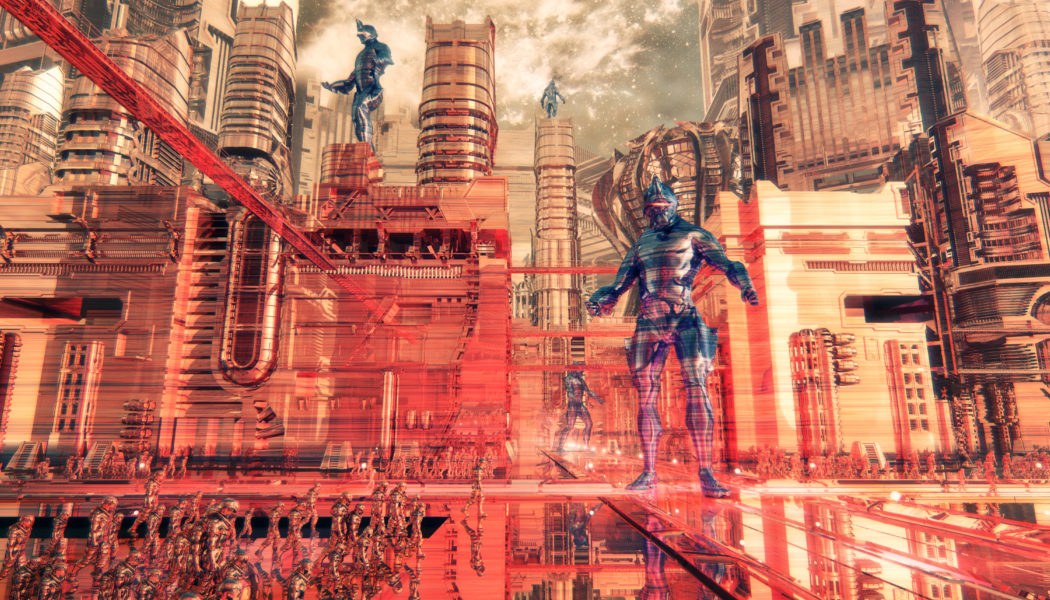Technology has always been a driver in advancing forms of warfare, from spears and arrows to nuclear bombs. But with rapidly evolving technology, from drones to biotechnology, the way humanity wages war is about to change considerably.
The changing face of warfare is a double-edged sword. Technology, as a whole, is about improving efficiency and in warfare, this may mean that fewer human troops are required on the battlefield. More accurate and sophisticated weaponry may mean fewer civilian casualties, and – with human troops out of the equation – fewer mistakes made as a result of exhaustion and stress.
That’s the good news. Nonetheless, war is, to understate massively, never pleasant. There is a chance that advancing and automating warfare could lead to even more problems. This is a view shared by minds such as Stephen Hawking and Elon Musk, who famously both signed an open letter calling for a ban on autonomous weapons in 2015.
So, what different types of weapons are being advanced as part of this new technological era?
Drones
In January 2017, the US Department of Defence announced a successful demonstration of a swarm of autonomous micro-drones. 103 of these drones worked together, demonstrating decision-making, self-healing, and the ability to fly in adaptive formation.
Currently, the anti-air defences and missiles we have in place do not have the capacity to track devices the size of these micro-drone swarms. Whilst larger drones are limited by radar observability, stealth tech in the form of these smaller, autonomous aerial drones have the potential to cause serious damage. One flaw, however, may be the level of battery life needed to keep these micro-drones going for as long as they’re needed.
Tiny drones are not the only development in drone technology with the potential to alter the face of warfare. BAE Systems has recently announced plans, in association with the University of Glasgow, to “grow aircraft and some of their complex electronic systems, conceivably from a molecular level upwards”. Using environmentally sustainable materials, such UAVs will be chemically composed over a matter of weeks (as opposed to months). They will be able to travel at high altitude, at speeds exceeding those of adversary missiles.
Robots
From aerial robots to those on the ground. Robot ‘soldiers’ are the main technology that could reduce the number of human ground troops required. Autonomous vehicles and weapons will be able to identify and attack targets using pattern-recognition algorithms, with scarcely any human intervention. They could also identify wanted individuals and pull the trigger on authorisation.
Increased risk determination and fewer mistakes could reduce civilian casualties. But what happens if something goes wrong? That’s a question that needs addressing, and the one that Musk and Hawking, along with 1000 other signatories to the aforementioned open letter, are calling for.
Self-guided bullets and smart bombs are also coming. DARPA has developed these bullets to follow and strike moving targets, and smart bombs which use cameras and sensors to guide themselves towards targets.
Biological Warfare
The production of biological weapons is banned. But, as we all know, that doesn’t stop some from developing them anyway. Biological weapons, such as explosive devices or fitted missiles, containing disastrous viruses such as Zika, could have pandemic consequences. However, more worrying still could be the misuse of gene editing technology
Gene editing is one of the greatest technologies currently being worked on. It is being developed to reduce mortality from particular diseases and better functioning human organs. Great work, indeed. But in the wrong hands, it could spell disaster for the human race.
Killer swarms of insects, such as mosquitos, could be engineered using CRISPR technology. Equally, CRISPR could be misused to create viruses that attack human DNA, causing harm not just to the current generation, but those to follow.
If this all sounds a bit alarmist, then we apologise. Counter technologies are, of course, being developed to contain such risks. Extensive cybersecurity advancements, sensor technology, and tech such as VR and AR to train military personnel, are also on the cards. There is, as with any technology, a lot of fear of the unknown. The capacity for mistakes, or for highly advanced technology to fall into the wrong hands, is something we need to talk about. On the flipside, however, such advancements could actually improve (for want of a better word), the way we combat enemies and defend our own futures.
Published in Members Blogs









